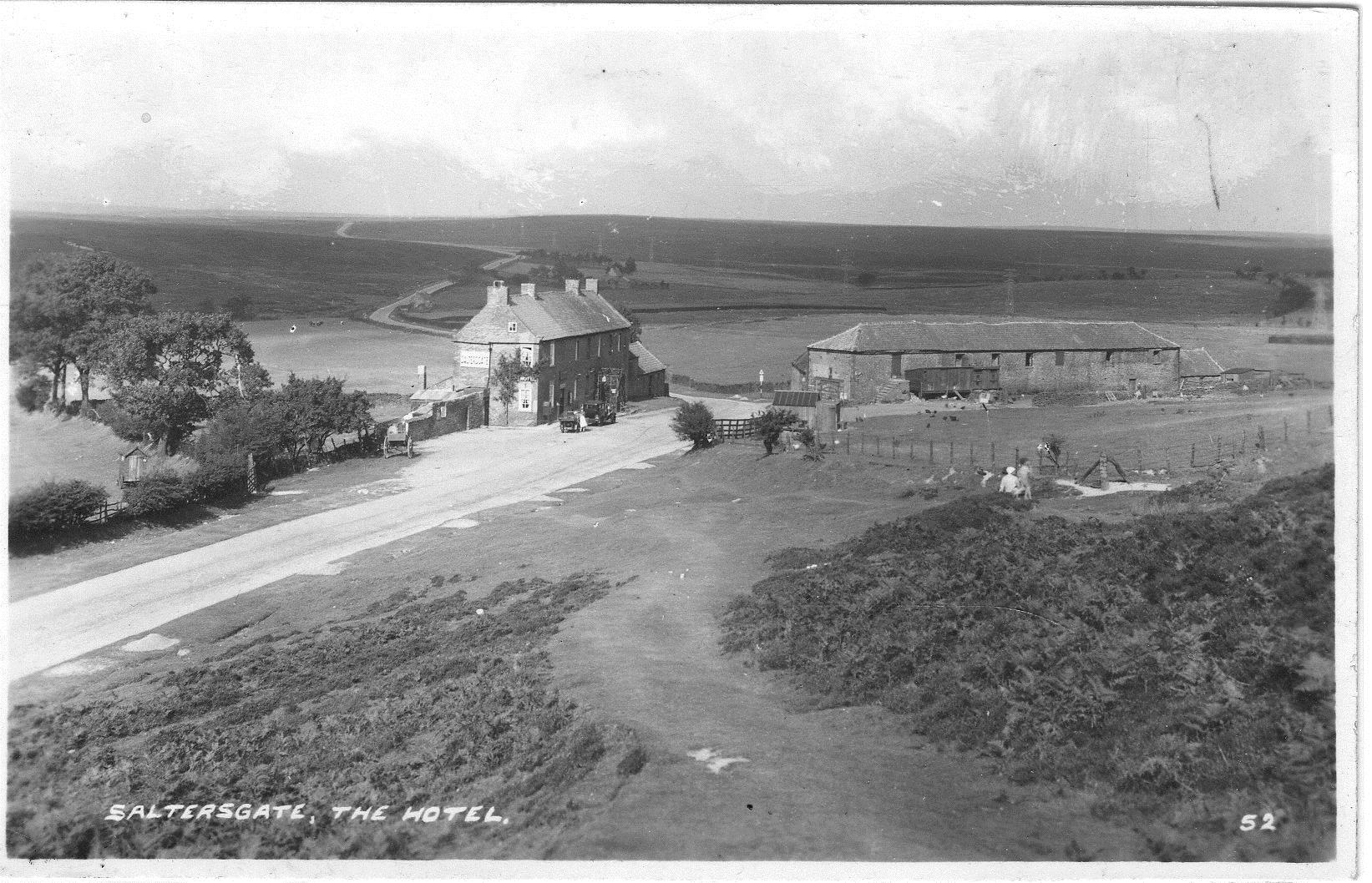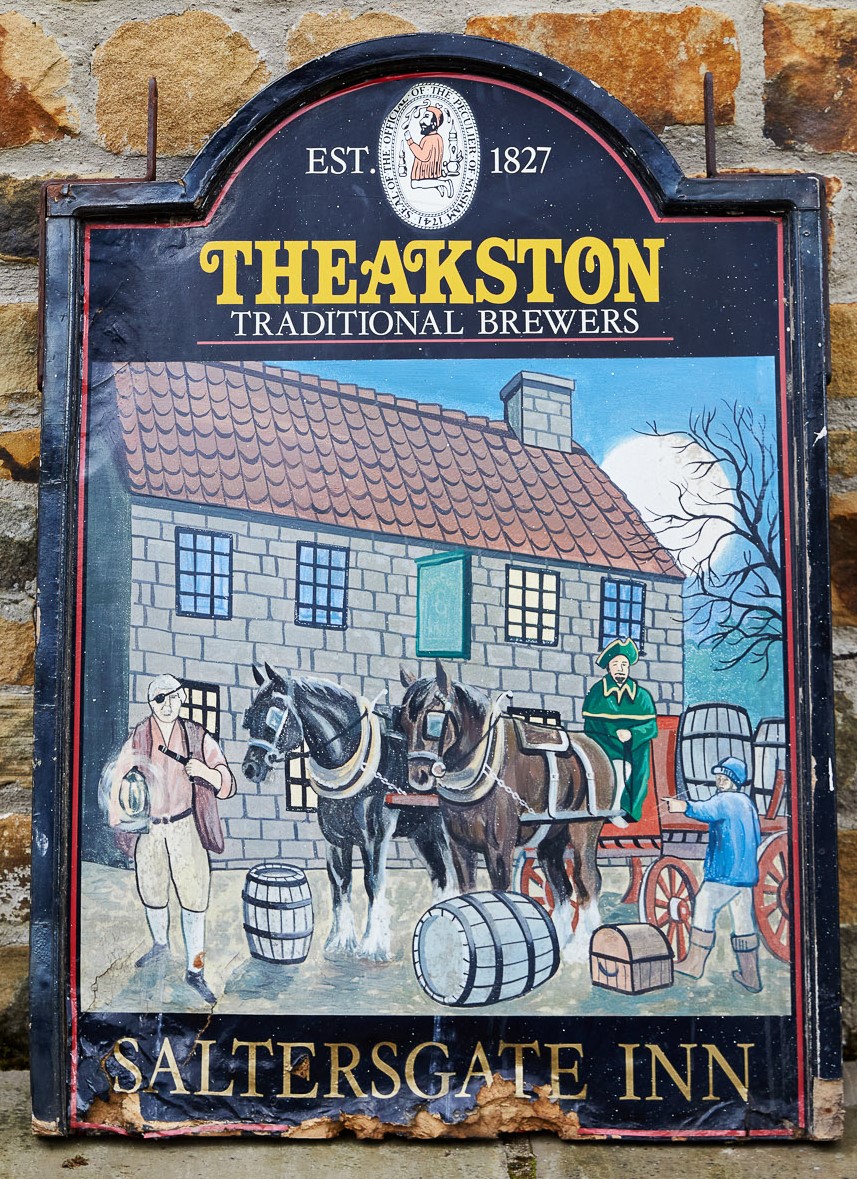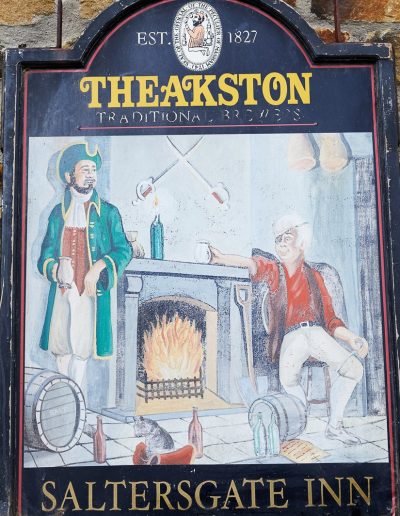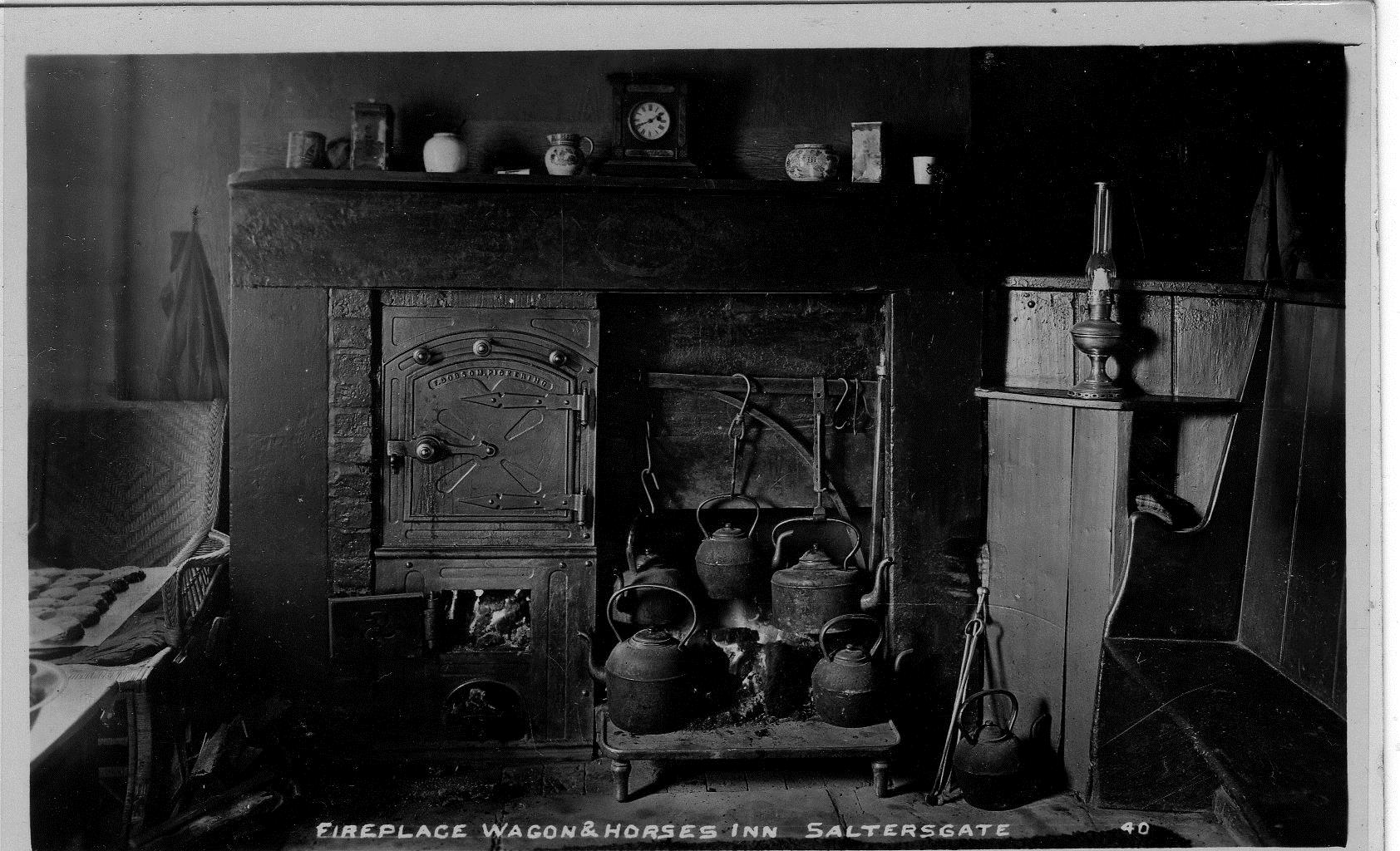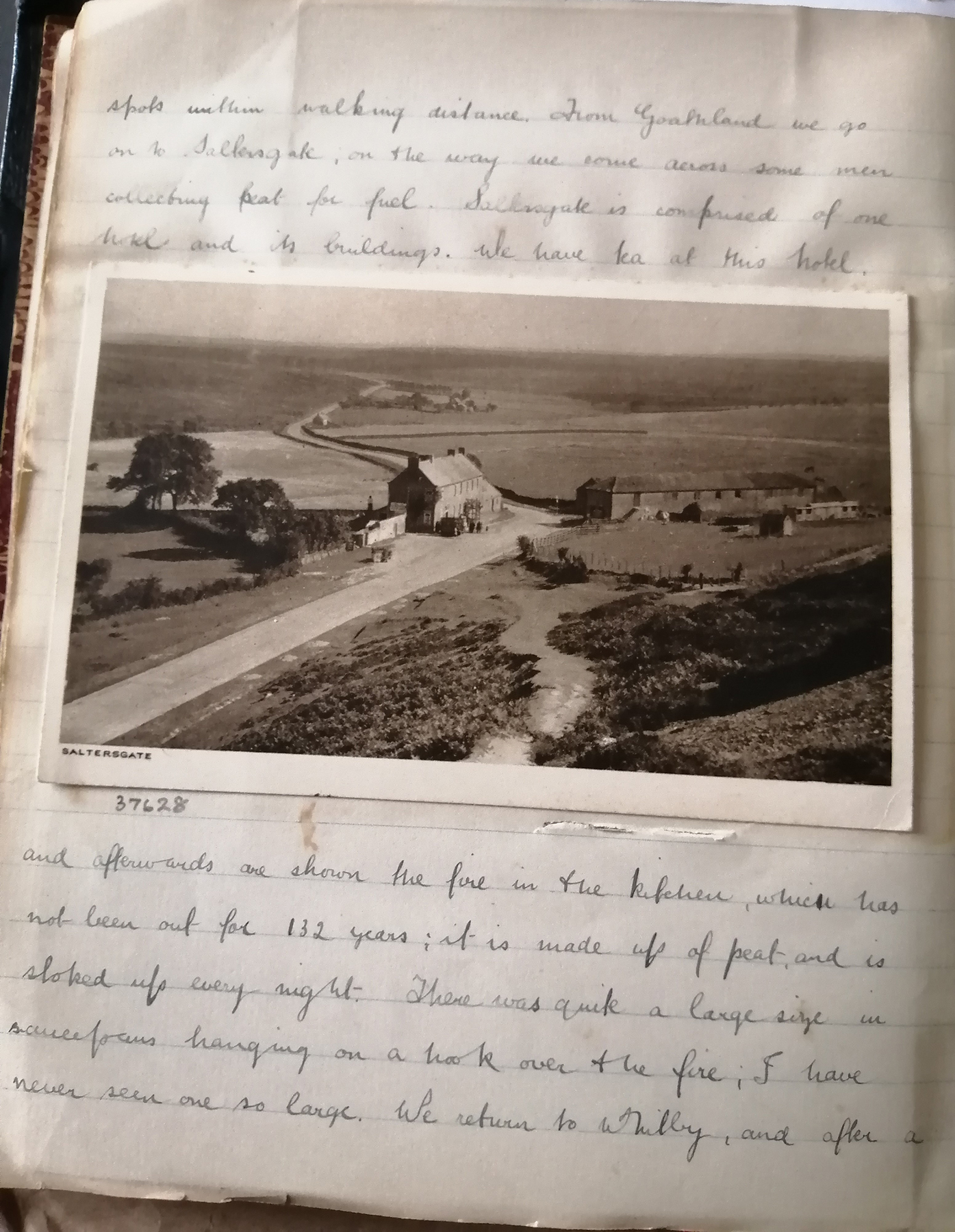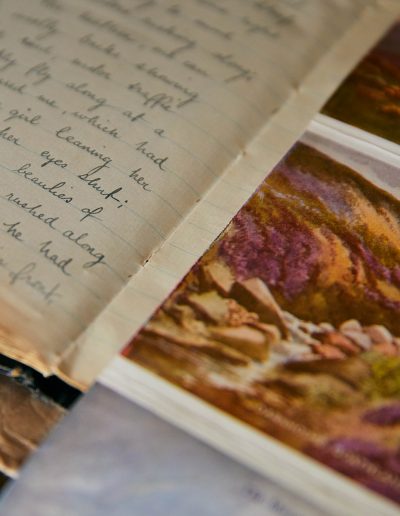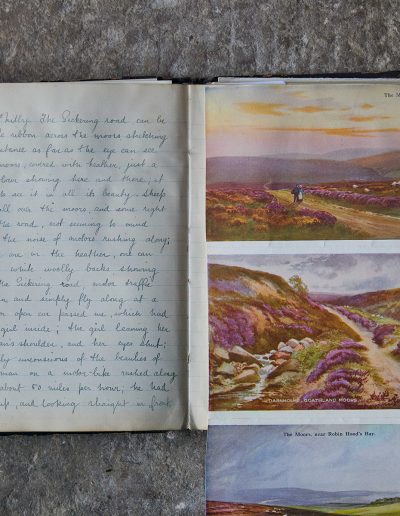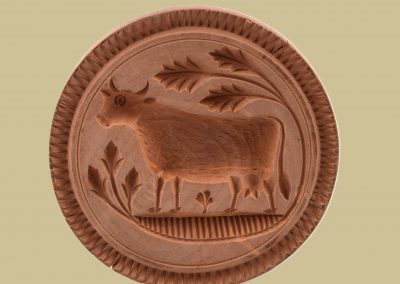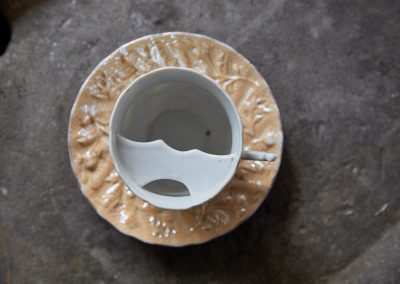Saltersgate Inn Sign and Photographs
Ryedale Folk Museum
The Saltersgate Inn was a familiar landmark in the North York Moors for many years until it was demolished in September, 2018.
The inn, previously called The Waggon and Horses, was the subject of myths and legends. In this way, it joins a number of inns across the country.
A very practical, useful inn
The building started life as a farmstead – farms were often converted into inns from the middle of the 18th century onwards, when turnpike roads sprang up across the country.
Pickering and Whitby were first linked by a regular stagecoach service in 1764, so the inn would have been welcomed. Typically, horse-drawn vehicles needed to stop for rest every 10 to 15 miles. You can get a sense of just how remote the location of the Saltersgate Inn was from the map (courtesy of Google Maps).
Exploring the local legends
This was the most recent sign, rescued during demolition and donated to Ryedale Folk Museum. The images on the sign reference the famous stories of smuggling.
Smuggling involved trading goods illegally so as to avoid paying tax and customs duties. It was usually organised by gangs who operated along secluded parts of the coast and the inn may have been strategically placed for this along the road out of town.
One side of the sign shows barrels being unloaded by the light of the moon, with a man with an eyepatch holding a pistol. A chest can be seen in the foreground.
On the reverse, the story continues inside the building where the ‘criminals’ get to know each other more. It’s interesting that the modern innkeepers chose this design for their sign to market the inn and attract customers.
It’s also less common for signs like this to be different on each side, but allows a story to develop graphically.
Other mysteries
The inn is also associated with another story, connected to the fire that burned for 200 years without going out – some claim that it concealed the body of an Excise Officer, murdered when he it was discovered who he was.
A 1930’s travel diary
In nearby Beck Isle Museum, another object shows the importance of this inn within the tourism of the region.
Believed to have been written by a lady called Rosa Cox in the 1930s, this travel diary was donated to the museum by a relative.
Rosa described her journeys around the area and the special places she visited, including the inn. Diaries like this are a fascinating record of the area at a moment in time.
One description reads: ‘The Pickering road can be seen, like a white ribbon across the moors, stretching away in the distance.’
Talking Points
Look closely at the images of the sign. What story do you think is happening in them?
Do any of the characters look villainous or threatening?
What do you think the two men inside the inn are saying to each other?
Why do you think Saltersgate Inn was connected with smuggling? Do you think its location made smuggling likely?
Why do you think the fire never went out for 200 years?
Do you think this sign would have made you want to visit the pub?
Why do you think this sign was donated to a museum?
Vocabulary:
Stagecoach: a four wheeled public transport vehicle pulled by horses.
Farmstead: A farm and all its associated buildings.
Turnpike: Turnpike roads were toll roads. So-called Turnpike Trusts operated the roads and a fee, or ‘toll’ had to be paid by passengers or transport providers to use the road. The fees were used to provide upkeep of the roads.
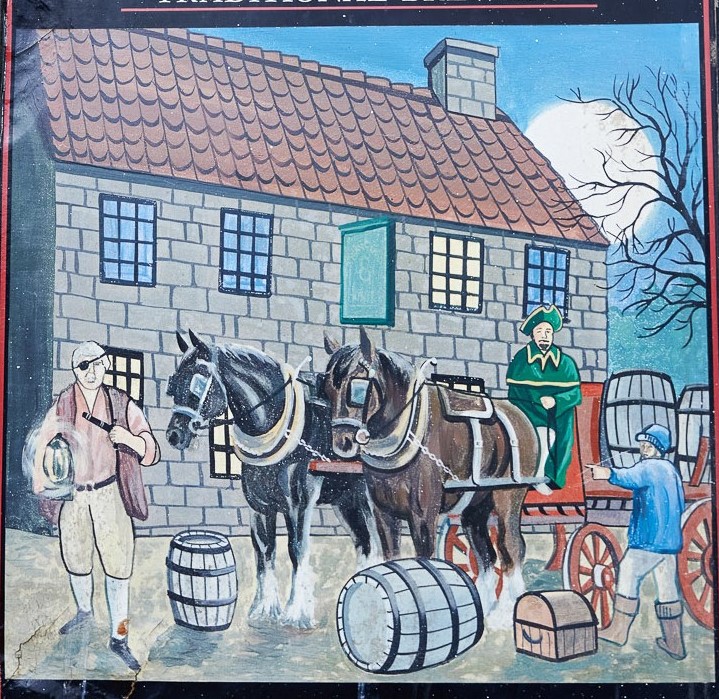
Hands on History
Ryedale Folk Museum is an open-air museum in the North York Moors National Park. You can explore more than 20 heritage buildings.
Museum Location

